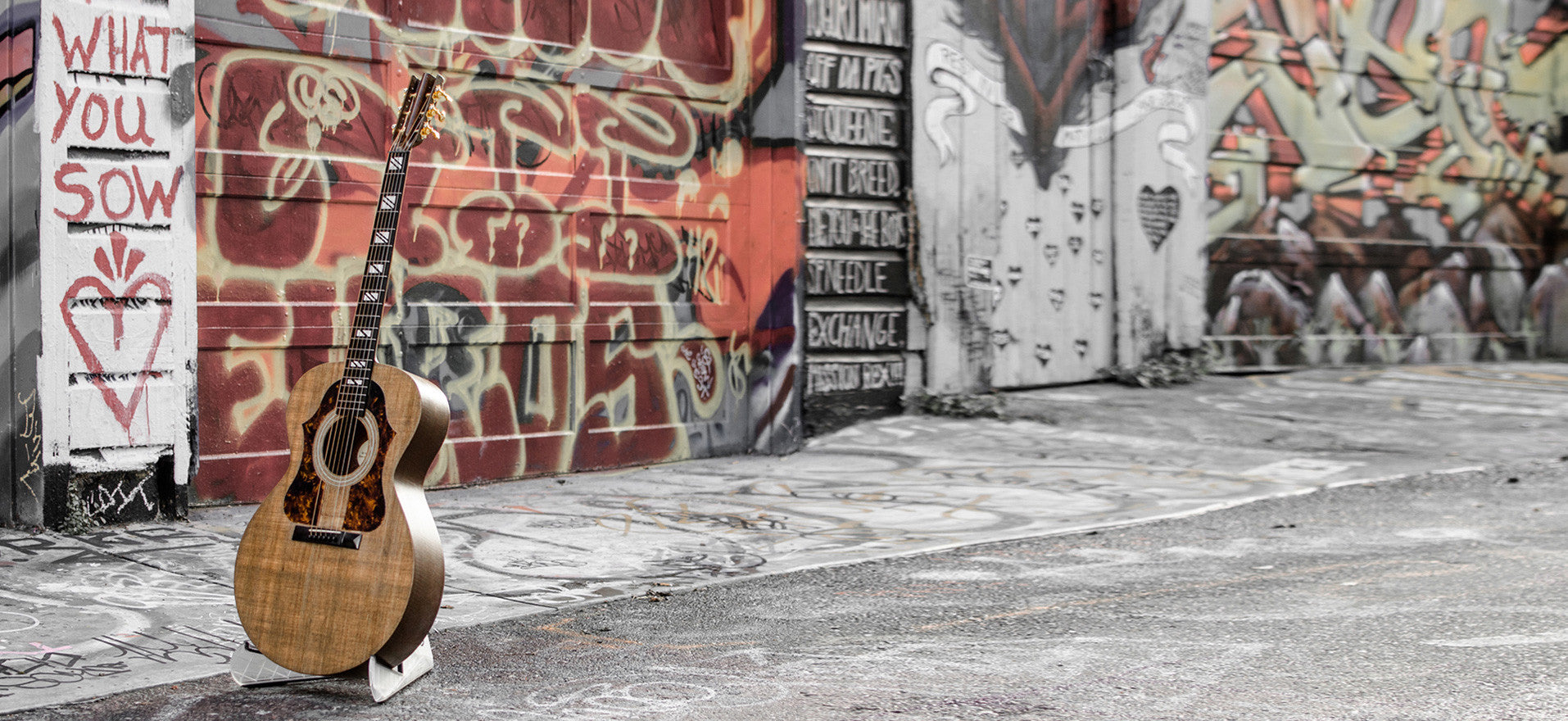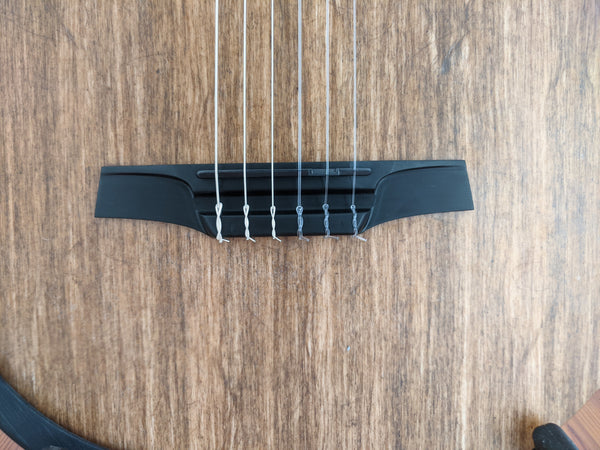Strength comes in many forms. For guitars and ukuleles, I am only vaguely interested in Wikipedia's definition:
Strength of materials, ability to withstand an applied stress without failure
Compressive strength, capacity to withstand axially directed pushing forces
Tensile strength, maximum stress while being stretched or pulled before necking
Shear strength, the ability to withstand shearing
For Blackbird guitars these 'strength' attributes are more relevant:
- Tensile modulus= stiffness-to-weight ratio or the rigidity to weight
- Structural strength= mechanical properties achieved through I-beams and sandwich structures
- Strain-to-failure= how much it bends before breaking
- Toughness- Allows bioresin to absorb energy and deform without fracturing
- Hardness- resistance to pick attack
As a designer/luthier/ekoa-vangelist, I understand these concepts as filtered through real world experiences via Blackbird's research and development over the last decade. Our El Capitan guitar in particular went through several rounds of prototyping over the course of 14 months with the goal of achieving the ultimate tone and a worry-free player experience. Some structural composites design decisions are a cost/benefit, and for the soundboard it's about tone. To achieve good tone the soundboard needs high rigidity and very low density. Stability is the next most important attribute. Followed by top hardness perhaps.
So while carbon fiber has roughly twice the tensile strength and modulus as compared with Ekoa, we designed the composite structural parts to practically-speaking enhance both. The 'double' top has greater tensile modulus (stiffness to weight) while the Ekoa unibody takes advantage of Ekoa's superior elongation and toughness for greater impact strength.
Related Post: Ekoa Tensile Strength
Leave a comment
Comments will be approved before showing up.


